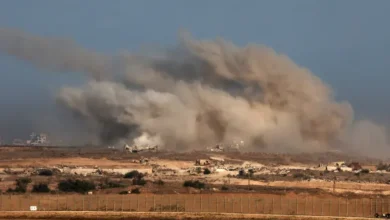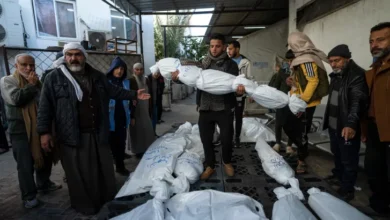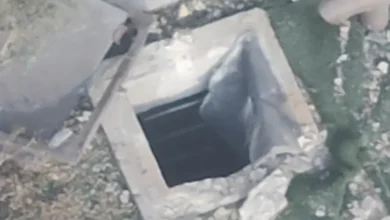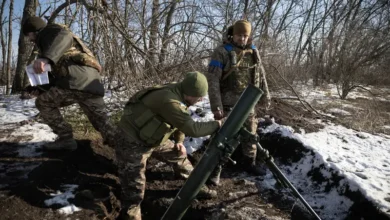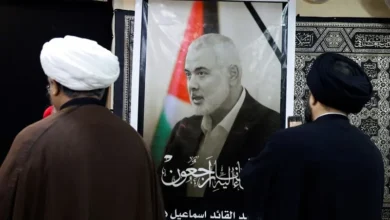Officials and intel signal that Iran is postured to attack Israel again
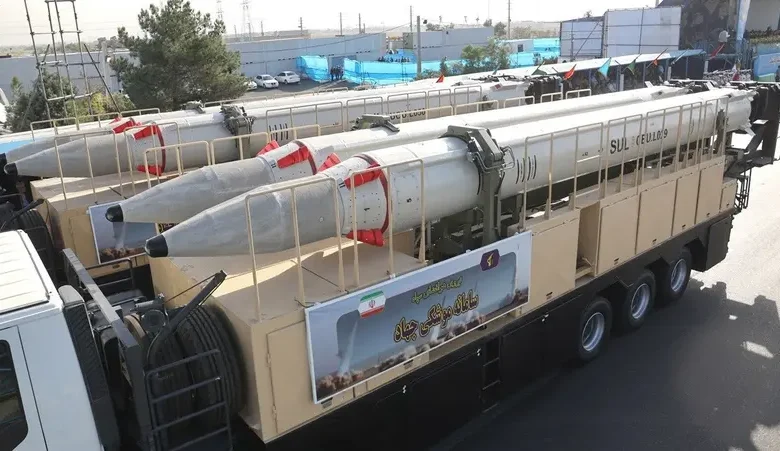
Iran has positioned itself to retaliate for last month’s first-ever publicly acknowledged attack by Israel, officials and sources familiar with the matter said.
Iran’s supreme leader earlier in the day vowed to deliver a “crushing response” against the US and “the Zionist regime” for previous attacks on Iran and the so-called axis of resistance, which is comprised of several Iran-backed proxies in Yemen, Iraq, Syria and Lebanon.
Israel carried out multi-pronged airstrikes on military targets inside Iran last Saturday following the Oct. 1 attack in which Iran fired an estimated 200 ballistic missiles at Israel. The US, as it did in April during a similar attack, helped Israel down a majority of the missiles.
At the urging of Washington and the Biden administration, embattled Prime Minister Benjamin Netanyahu agreed to limit Israel’s response to Iranian military installations as opposed to nuclear or oil facilities. The US believed this would help limit the appetite for Iran to respond again.
However, the current situation is shrouded in uncertainty. US intelligence and public Iranian statements suggest that Iran is prepared to carry out attacks, but it remains unclear if Tehran has decided when it will respond with what would be its third direct attack on Israel from Iranian soil.
Militias in Iraq armed and backed by Tehran have stepped up their drone strikes against Israel in recent weeks in what multiple US officials said was an increased but manageable pace.
Israeli media reported that the Iranian response could see simultaneous operations from Iraq or other proxies in the coming days.
Ahead of the anticipated Iranian response, Pentagon chief Lloyd Austin on Friday ordered a number of B-52 long-range strike bombers, refueling tanker aircraft, additional ballistic missile defense destroyers and fighter jets to the Middle East.
The first bombers from Minot Air Force Base in the US state of North Dakota arrived in the US Central Command area of responsibility on Saturday night, the US military said.
Additional American troops and a Terminal High Altitude Area Defense (THAAD) were also deployed to Israel last month in what the US said was to help defend Americans in Israel from any ballistic missile attacks by Iran.
The US has a heavy military presence in the region – more assets and US boots than are typically deployed – including the USS Abraham Lincoln Carrier Strike Group.
The aircraft carrier and its destroyers will be returning to the US soon for maintenance, and officials say it will be replaced by the Harry Truman Carrier Strike Group, which is currently in the European area of operation.
As the tit-for-tat attacks between Israel and Iran persist, the potential for miscalculation and subsequent escalation remains a serious concern, heightening the risk of an expanded and prolonged conflict on several fronts.
The wars in Gaza and Lebanon, which have shown no signs of abating, continue to be a another major cause for concern despite US officials’ efforts to mediate.
Amos Hochstein and Brett McGurk, two senior aides in the Biden administration, recently returned from a trip to Israel. Hochstein was in Beirut the week before.
A senior US official told Al Arabiya that the talks in Israel were a “very good follow up of the positive talks in Beirut last week. Detailed and substantive discussions on pathway to ceasefire.”
With the US presidential elections just days away, it is increasingly unlikely that a deal will be reached for any de-escalation on either front. The outcome of the elections could significantly influence the US approach and the potential for any ensuing resolutions.

